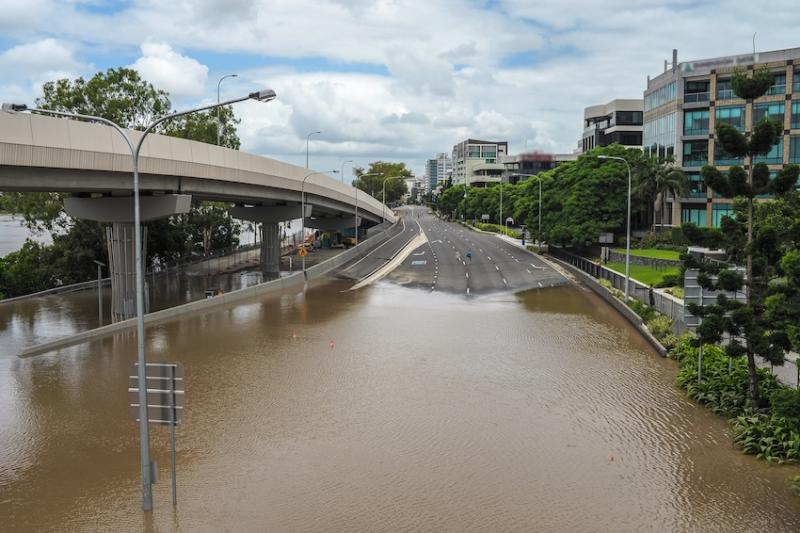First move to clean up mess in vocational education

The COAG leaders communique issued after the heads of Australian government met in Sydney last week foreshadowed a potential shift in responsibility for vocational education and training (VET) to the Commonwealth government.
VET now is a somewhat messy, shared responsibility between the Commonwealth and the states. The Commonwealth funds about one-third of VET through the states. It regulates VET except for state-based providers in Victoria and Western Australia. It operates an income contingent loans scheme for VET diploma and advanced diploma students but the states control public subsidies and fees for VET courses. The Commonwealth provides substantial funding for employer incentives for apprenticeships and traineeships, but the states regulate them.
Needless to say, these complex arrangements are becoming increasingly dysfunctional.
Overall, state investment in VET is declining, student fees are increasing and VET enrolments are falling – just as the country faces big challenges in meeting future workforce skills needs. Differences between the states in what courses are funded, at what levels they are funded and which students are eligible for funding have never been greater.
The split between regulation and funding has exacerbated problems with VET quality. Strategic approaches to national skills development for key industry sectors are all but impossible.
There are therefore sound reasons for the Commonwealth to assume full responsibility for VET. The Commonwealth would then have full responsibility for all post-school education across the higher education and VET sectors, with potential for better alignment between the sectors. This could address the growing gap in investment between VET and higher education and align policy regulation and funding across the sectors. It could lead to better alignment between skills development and Commonwealth labour market programs and its "welfare to work" objectives.
However, this is not the first time a proposal for the Commonwealth to assume responsibility for VET has been considered by COAG. In 1991 and 1992 the Hawke and Keating governments offered to assume full responsibility for VET funding from the states, with a promise of substantial additional funding. Under this proposal the states would have maintained operational responsibility for VET. The Commonwealth's objectives were to increase investment and participation in VET and to create a national VET system.
States wary
While sharing these objectives, most states were wary about this proposal, not wishing to cede responsibility in an area of perceived importance to the states, at least without trade-offs in other areas.
In 1992 the Victorian government unilaterally endorsed a Commonwealth-funded VET system but also proposed the formation of a national training authority to oversee the distribution of funding and the development of the national VET system. The authority was to be led by an industry-based board and report to a council of Commonwealth and state ministers. This model was designed to secure ongoing state policy involvement in, and direct industry leadership of, VET. The Commonwealth quickly embraced this proposal.
Acceptance of this model by the states was finely balanced but eventually an alternative model proposed by the Queensland government was agreed by COAG. Under this model the states pledged to maintain their investment in VET in exchange for increased Commonwealth funding, with the entire system to be overseen by a national authority.
In 1993 the Australian National Training Authority (ANTA) was established under Commonwealth legislation in Brisbane. It assumed responsibility for oversight of the new funding agreement and the allocation of Commonwealth funding to the states. The agreement worked well for a number of years. There was substantial growth in VET funding and enrolments in the decade after the agreement and the key elements of the current national VET system were put in place.
However, eventually these key elements of the system began to deteriorate. For reasons never explained, and without formally consulting the states, the Howard government abolished ANTA in 2004, removing any capacity for external oversight, co-ordination and independent policy advice.
While continuing to operate under a formal Commonwealth-state funding agreement, investment by most states in VET has begun to decline as other state priorities, particularly schools and health, have emerged.
The current shared model for VET is a legacy of the last big COAG decisions about the national architecture of the VET system. It has run its course.
Risks of an imbalance
Anticipating these problems, the 1996 Commonwealth National Commission of Audit recommended that VET become a Commonwealth responsibility. The Bradley review made the same recommendation in 2008, arguing for a more coherent nationally regulated and funded tertiary education system spanning higher education and VET. The review pointed out the risks of an imbalance created by demand-based funding in higher education and static funding in VET.
In 2008 former Queensland premier Anna Bligh also proposed that the Commonwealth assume responsibility for VET, with the states to assume responsibility for schools. South Australian Premier Jay Weatherill reiterated this proposal.
In its February 2015 report Financing Tertiary Education in Australia, the Mitchell Institute also identified full Commonwealth responsibility for VET as conceptually the best future model but, anticipating that that model might never be supported, also proposed a model where funding for specific VET qualifications would be clearly assigned to each level of government.
The potential for the Commonwealth to finally take full responsibility for VET emerging from COAG is therefore slightly surprising and enormously encouraging. Clearly there is some way to go before any formal proposal could be made and the detail of the proposal could itself quickly lead to a parting of ways.
But there does seem to be increasing recognition at both levels of government that the arguments for VET to be treated as a national endeavour are even more compelling now than they were 25 years ago, and that the status quo is no longer an acceptable course for Australia to follow.
Peter Noonan is a professorial fellow at the Mitchell Institute at Victoria University and was a member of the Bradley Review of Higher Education.
This article was first published on 26 June 2015 in the Australian Financial Review. Read the original article.
Feature image: Michael Coghlin, Flickr Commons.



